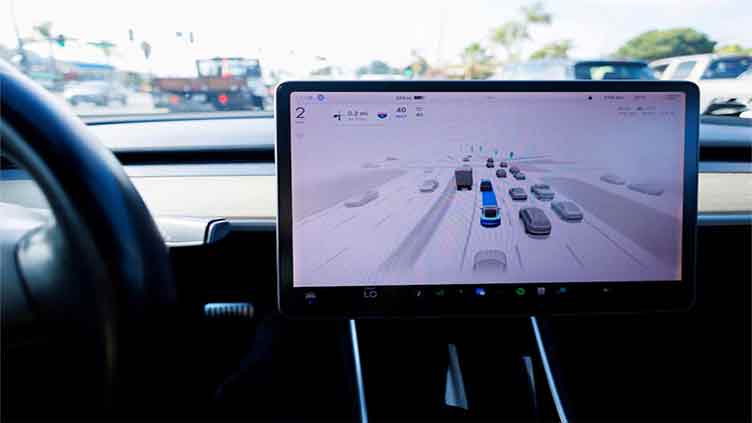Tesla's bet on robotaxis is a long way from paying off

Business
Tesla's bet on robotaxis is a long way from paying off
(Reuters) - Tesla (TSLA.O), opens new tab is making a risky bet if it shifts efforts on its small-car vehicle platform to robotaxis as the successful introduction of vehicles that drive themselves is in the distant future, and the technology faces engineering and regulatory hurdles.
Reuters reported on Friday that Tesla has canceled its planned low-cost car and instead will continue developing self-driving robotaxis on the same platform. Musk replied via a post on his X.com platform that "Reuters is lying (again)." He did not identify any specific inaccuracies.
Tesla could not immediately be reached to comment on the timeline behind developing self-driving vehicles, but Musk subsequently said on X: "Tesla Robotaxi unveil on 8/8."
A greater emphasis on robotaxis comes with more risk for the world's largest EV maker due to the complexity of the technology involved, analysts said.
"Everyone else has found out that what they thought was a two or three-year project turns out to be a 10 or 20-year project," said Philip Koopman, a Carnegie Mellon University professor working on autonomous vehicle safety. "Tesla's found that out too."
The development of autonomous vehicles has not been smooth. In a recent example, autonomous driving software firm Ghost Autonomy on Wednesday closed worldwide operations, citing the uncertain path to profits.
Tesla's Musk has chosen to develop self-driving vehicles with radar and cameras, and without lidar, a remote sensing technology using pulsed laser light the way radar uses radio waves, and Koopman believes that is "like tying one's hand behind your back."



